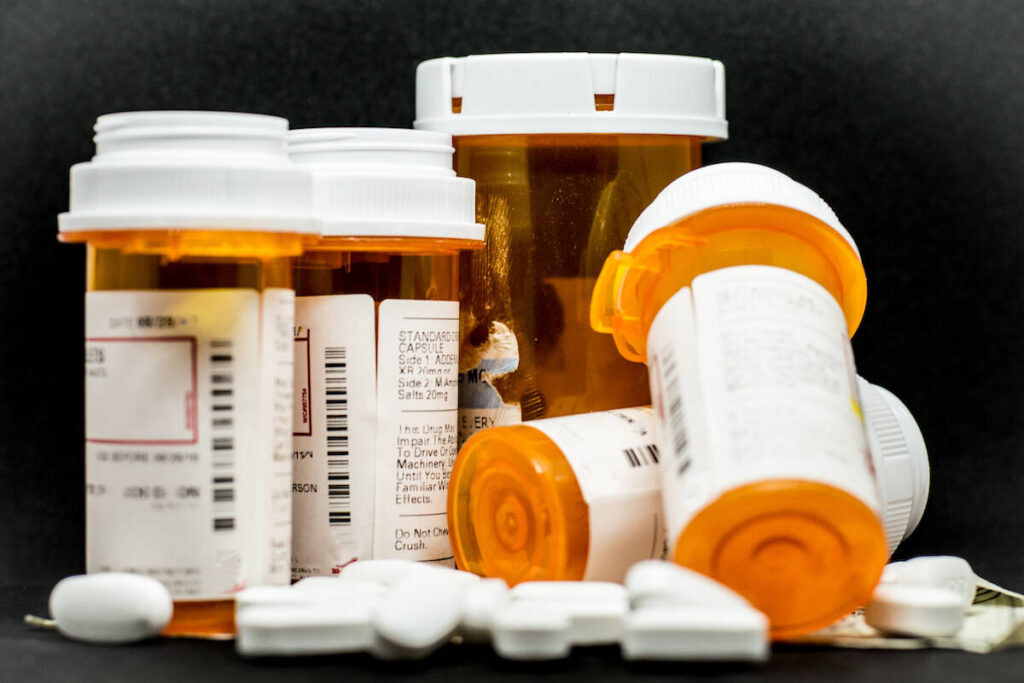
President Donald Trump has taken a bold stance on prescription drug prices, sending letters to 17 pharmaceutical companies urging them to align their prices with the lowest rates found in other developed nations. This approach, known as the “most-favored-nation” (MFN) price, aims to address the disparity between drug costs in the United States and those in other countries. While Trump highlights the higher prices Americans pay for brand-name drugs, he overlooks the fact that generic medications, which represent over 90 percent of prescriptions, are often significantly cheaper.
Trump’s strategy raises questions about the effectiveness of importing foreign price controls. There are existing pathways for Americans to access lower drug prices without resorting to government-imposed limits. Notably, Novo Nordisk and Eli Lilly offer their GLP-1 weight-loss medications at a direct-to-consumer price of $499 per month, a substantial reduction from their list price of over $1,000. This pricing strategy bypasses intermediaries like pharmacy benefit managers and health insurers, enabling consumers to save.
In addition, the Cost Plus Drug Co., founded by entrepreneur Mark Cuban, exemplifies how the market can provide affordable medication. This nonprofit negotiates directly with drug manufacturers to offer medications at competitive cash prices. Following a partnership with Wisconsin-based Network Health in February 2024, the organization announced that it could deliver prescription medication savings of up to 37 percent, benefiting members of one of the nation’s Medicare Advantage plans.
The key takeaway is that Americans can access lower-cost prescriptions—sometimes even more affordable than those in other developed nations—without the complications of MFN regulations. Moreover, the United States continues to enjoy a wider availability of new medications compared to many developed countries. Approximately 85 percent of newly released drugs are accessible in the U.S., whereas less than half might be available in other nations due to government price negotiations.
Countries with government-run health care systems often impose strict price limits on medications. If a pharmaceutical company rejects the proposed price, patients in those countries may lose access to potentially life-saving drugs. This dynamic contrasts sharply with the U.S. model, where innovation is closely tied to higher drug prices.
The irony of Trump’s MFN proposal lies in his own business practices. He operates luxury properties worldwide, charging premium rates, and would likely oppose any government interference dictating his pricing structure. Yet, he is advocating for similar measures against the pharmaceutical industry.
Additionally, Trump could have leveraged tariff negotiations to address drug pricing disparities. While he seeks increased investment from other countries to boost the U.S. economy, he has not demanded higher payments for American-made drugs from those governments. This omission could push pharmaceutical companies to seek alternative pricing strategies, such as direct consumer sales.
Insurers are already encouraging consumers to bypass traditional pharmacies by purchasing three-month supplies of medications. This trend may prompt more companies to adopt similar practices. Legislative proposals are also emerging that would require pharmacy benefit managers to share a greater portion of the discounts and rebates they receive from drug companies with patients.
The potential for lower drug prices is evident, but the path forward should prioritize market-based solutions rather than European-style price controls. Embracing a more consumer-focused approach could lead to significant savings for American patients while maintaining access to vital medications.






